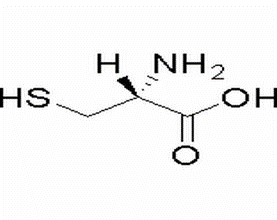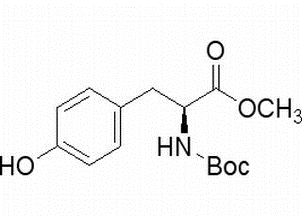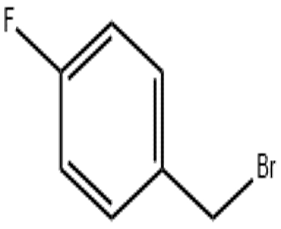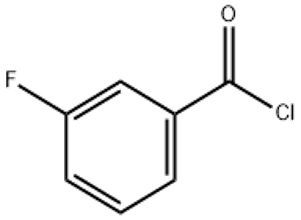L-Cysteine(CAS# 52-90-4)
| Hazard Symbols | Xn – Harmful |
| Risk Codes | R22 – Harmful if swallowed R36/37/38 – Irritating to eyes, respiratory system and skin. |
| Safety Description | S26 – In case of contact with eyes, rinse immediately with plenty of water and seek medical advice. S37/39 – Wear suitable gloves and eye/face protection |
Introduction
L-cysteine (L-Cysteine) is a non-essential amino acid, encoded by codons UGU and UGC, and is a sulfhydryl-containing amino acid. Due to the presence of sulfhydryl groups, its toxicity is small, and as an antioxidant, it can prevent the generation of free radicals. & & L-cysteine is a naturally occurring non-essential amino acid. He is an activator of NMDA. It also plays many roles in cell culture, as follows: 1. Protein synthesis substrate; The sulfhydryl group in cysteine plays an important role in the formation of disulfide bonds, and is also responsible for the folding of proteins, the generation of secondary and tertiary structures. 2. Acetyl-CoA synthesis; 3. protect cells from oxidative stress; 4. is the main source of sulfur in cell culture; 5. Metal ionophore. & & Biological activity: Cysteine is a polar α-amino acid containing sulfhydryl groups in aliphatic group. Cysteine is a conditional essential amino acid and saccharogenic amino acid for the human body. It can be converted from methionine (methionine, an essential amino acid for the human body) and can be converted into cystine. The decomposition of cysteine is decomposed into pyruvate, hydrogen sulfide and ammonia through the action of desulphurase under anaerobic conditions, or through transamination, the intermediate product β-mercaptopyruvate is decomposed into pyruvate and sulfur. Under oxidation conditions, after being oxidized to cysteine sulfurous acid, it can be decomposed into pyruvate and sulfurous acid by transamination, and decomposed into taurine and taurine by decarboxylation. In addition, cysteine is an unstable compound, easily redox, and interconverts with cystine. It can also be condensed with toxic aromatic compounds to synthesize mercapturic acid to detoxify. Cysteine is a reducing agent, which can promote the formation of gluten, reduce the time required for mixing and the energy required for medicinal use. Cysteine weakens the structure of the protein by changing the disulfide bonds between protein molecules and inside the protein molecules, so that the protein stretches out.








